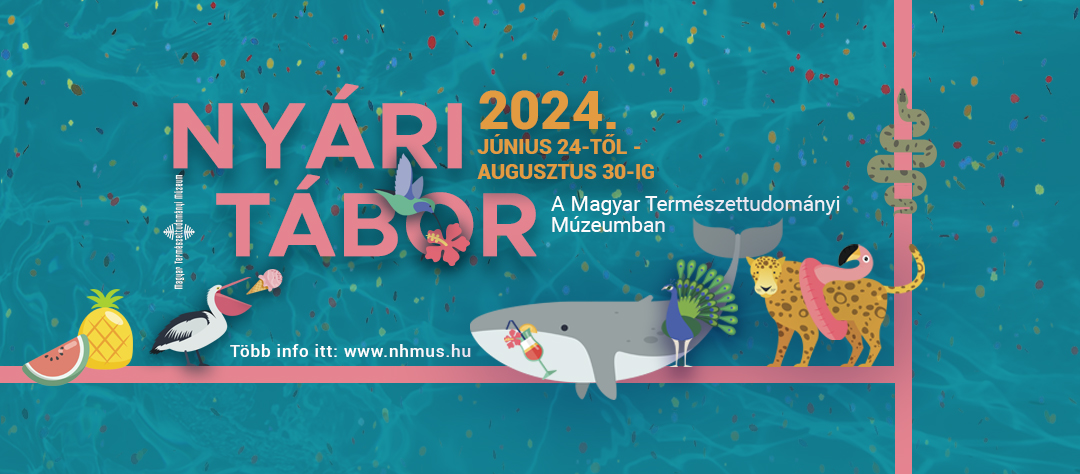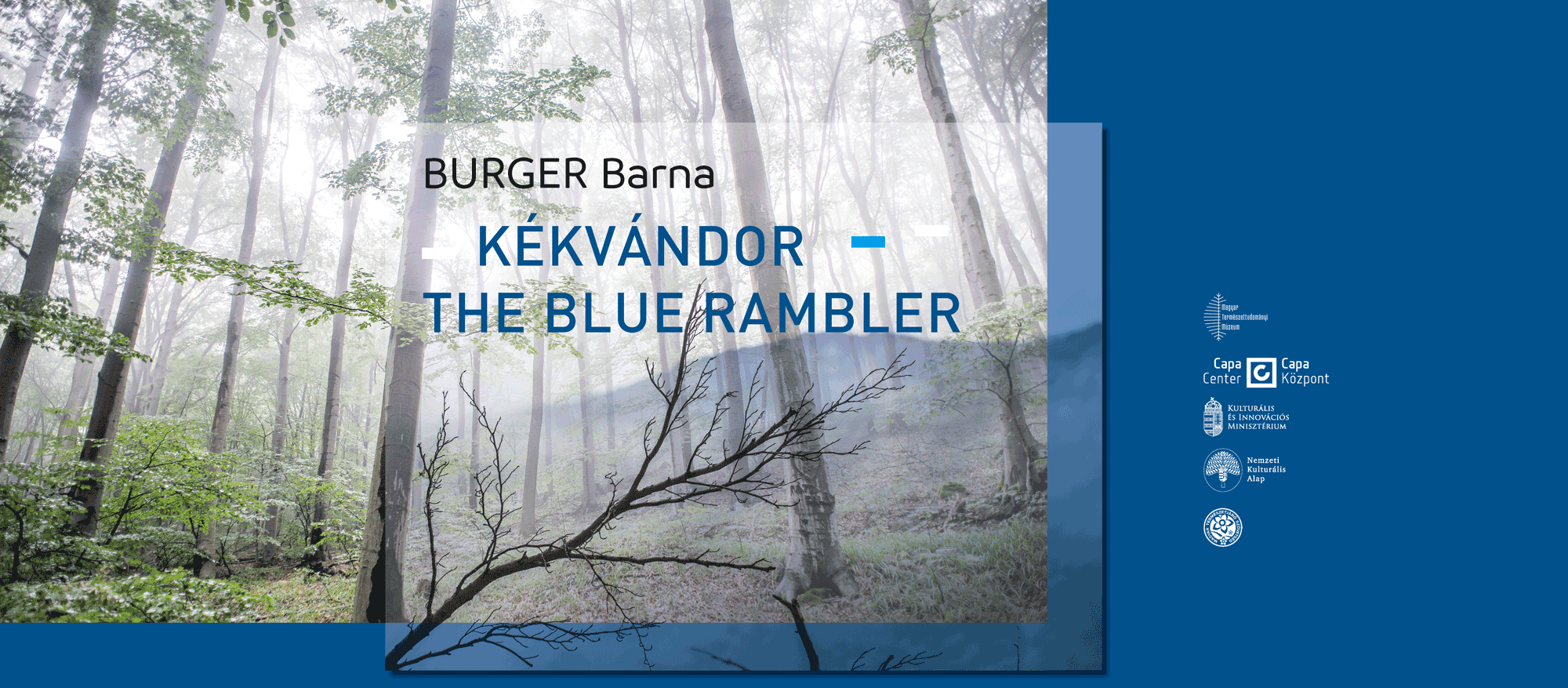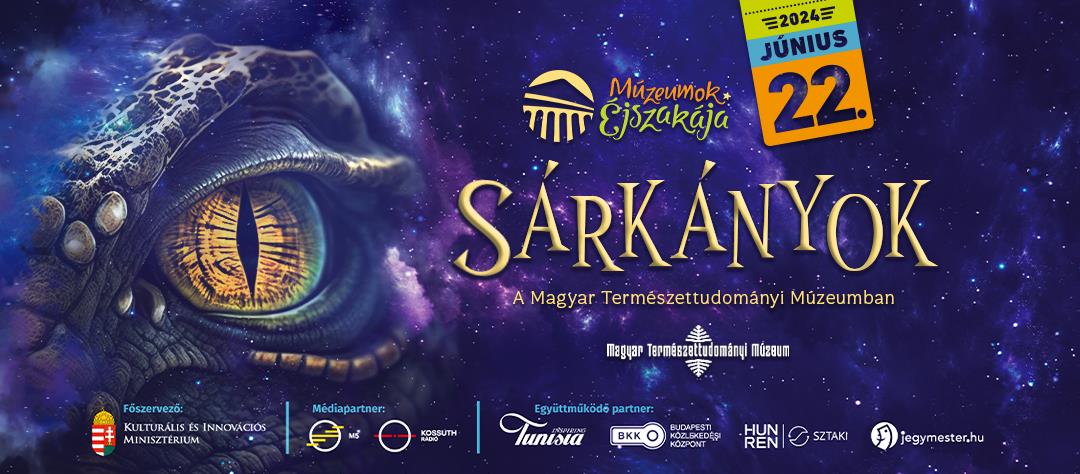The Nile crocodile (Crocodylus niloticus) is an apex predator, which is the biggest one of the four African crocodile species. Its body length can reach 7 metres. The African exhibition of the Hungarian Natural History Museum presented many of these reptiles in the early 1950s, but only one of them survived the vicissitude of history.

Crocodiles in the Africa Exhibition
The famous African Exhibitions of the Hungarian Natural History Museum opened in the building of the Hungarian National Museum in 1949. The dioramas displayed the African wildlife in two large rooms. A very popular part of the exhibition was the „”crocodile- room,” the mounted animals of which was made by Sándor Őry.
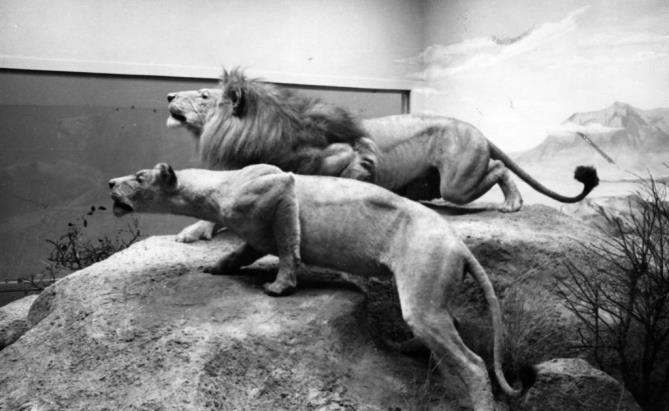


Nearly all of the dioramas, animals of which were collected by Kálmán Kittenberger and Zsigmond Széchenyi, were completely destroyed by a grenade that hit the building in 24th, October, 1956.


The crocodile and other reptiles that survived
Sándor Őry’s mounted crocodiles survived the fire, one of them is still be preserved by the Amphibian and Reptile Collection of our museum.

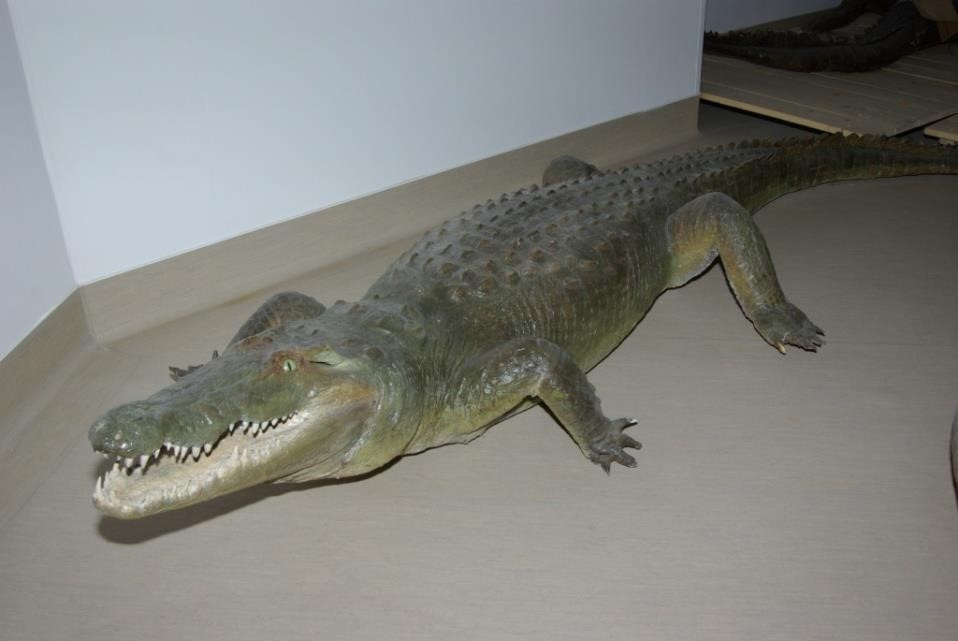
The Nile crocodile after taxidermy works....and today...
This more than 60 years old mounted crocodile is priceless for our institution as well as the frogs, agamas, geckos, lacertas and snakes collected by Kálmán Kittenberger and János Xántus, that also survived the havoc of that time.

Namib rock agama (Agama planiceps) collected by Kálmán Kittenberger in East Africa
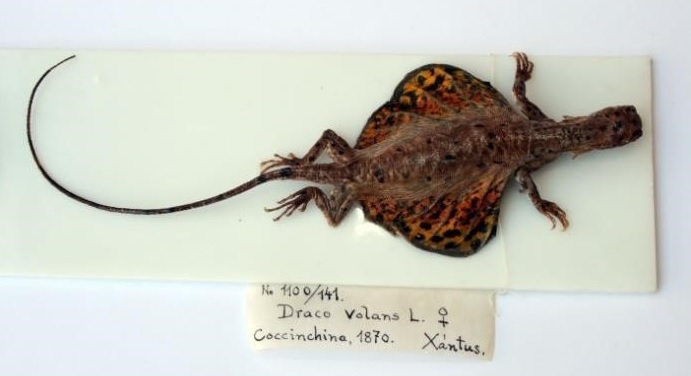
Flying dragon (Draco volans) collected in Vietnam

Tokay gecko (Gekko gecko) collected by János Xantus in Thailand
Writer: Judit Vörös, Department of Zoology, Collection of amphibians and reptiles
Editor: Krisztián Kucska
Translator: Bernadett Döme

